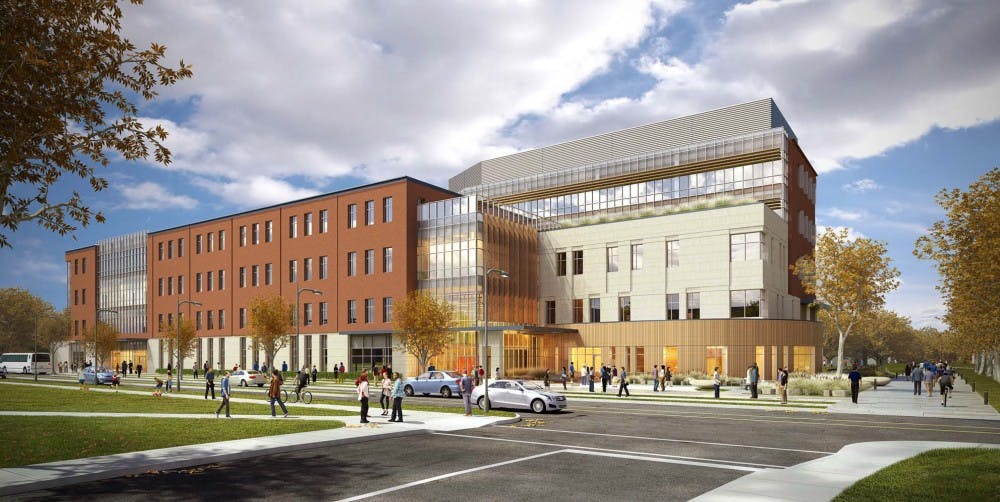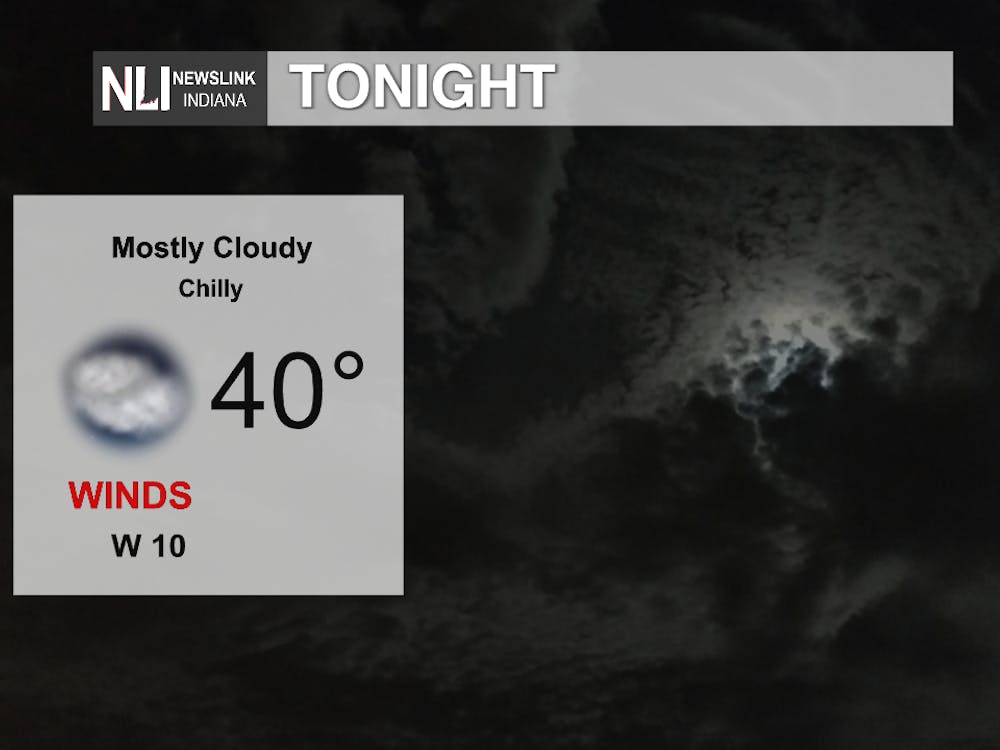Ball State asked the City of Muncie to abandon — and then acquired — two blocks of Martin south of Riverside, one block of Dill south of Riverside and one block of Beechwood between Dill and Martin, along with the alleys, according to a petition filed with the city.
The Muncie City Council recently voted to vacate nearly four blocks of land where Ball State is planning to break ground on a $62.5 million health professions building this summer.
According to The Star Press, the vote earlier this month to abandon the area was unanimous; however, one councilwoman has criticized the university for removing more property from city taxes without offering financial compensation.
“They are taking properties off tax roles and that’s money that could’ve gone to helping the city,” Linda Gregory said. “In addition, there are many benefits such as sidewalks, parks and road maintenance that students receive but don’t have to pay for.”
Because Ball State is a government entity, the university receives tax dollars from the government and does not pay taxes to local government.
“If we were to make payments to the city, our money would either come from more tax dollars that we shift from one form of government to another, or from students. And I haven’t heard great demand from students to raise their tuition so they can pay for city taxes,” said Bernie Hannon, vice president for business affairs and treasurer at Ball State.
Hannon said while the university does not pay property taxes, it does make payments that help the city including:
- $266,000 annually as payment loan taxes, primarily used for fire protection
- $250,000 donation for the MadJax Project
- $250,000 to Muncie Vision 2016
- $1.6 million annually to the Muncie Sanitary District
While Ball State makes these payments, Gregory said it's not enough to cover all the costs the city has to pay.
“It’s just a drop in the bucket compared to what the actual expenses are,” Gregory said. “For example, if the school were to have their own fire department, the city would essentially save one-seventh of what we’re paying, which is over $10 million a year.”
RELATED: New health professions building to maximize student experience
Even though this project is taking away just under $16,000 in property tax revenue from Muncie, Hannon said it could be saving and generating the city more revenue in many areas such as:
- The site will gain $150 million worth of new buildings
- Hundreds of employees from Delaware County will be employed and pay taxes on their income, food and shopping
- Ball State will pay nearly $60,000 to the city for permits to construct the buildings
- Roads will be closed around the four block area so the city no longer has to maintain them
- Properties that are adjacent to campus typically increase in value, which will in turn increase the property tax
In addition to direct monetary donations, Hannon said Ball State is the largest employer in Muncie with employees paying income tax. The university also helps the community through indirect donations such as:
- The University Police Department, which polices all of campus and surrounding areas
- Construction and maintenance of university streets and sidewalks
- Annual purchases of roughly $30 million of local goods and services
- Roughly 16,000 students living on campus who shop and eat in Muncie
- Tourism to the area because of the university
- Annual scholarships and grants given to local organizations
- Students committing over 350,000 hours of community service to over 300 Muncie and Delaware County organizations
“We think that Ball State is a pretty good partner to the city,” Hannon said. “We try and do what we can within the confines of the legislature. We try our best to be good citizens.”
Gregory, who voted to support the project, said she wasn’t against it, she just wanted to bring some of the issues she saw between the university and the city forward.
“I’m not trying to say in any way that Ball State isn’t providing many, many services to the community,” Gregory said. “But when they take properties off the tax roles, that’s money that we’re not going to get back. As the university continues to expand, it’s only going to get worse.”





